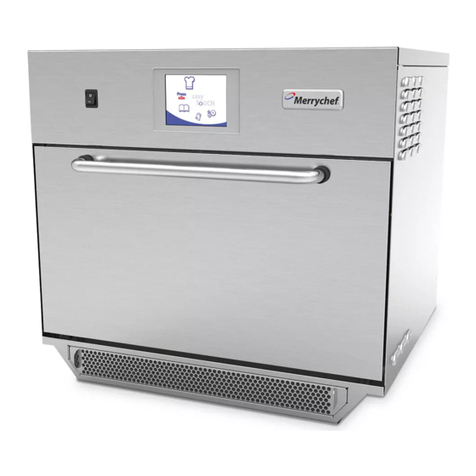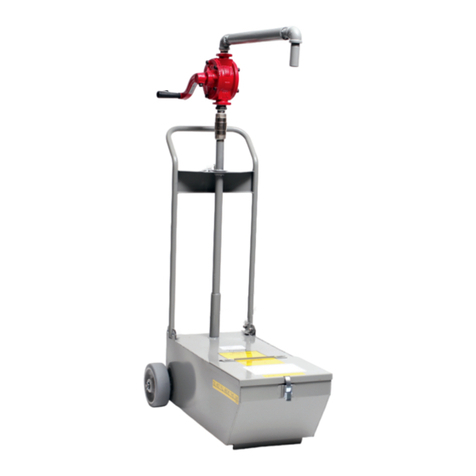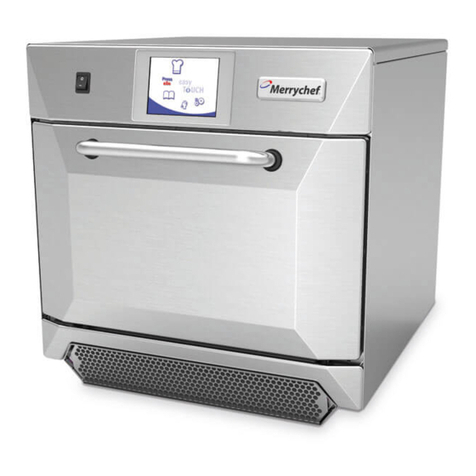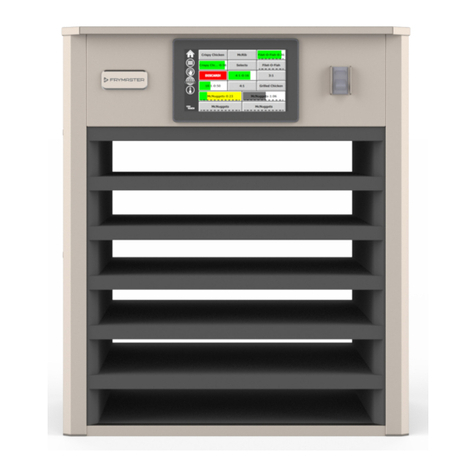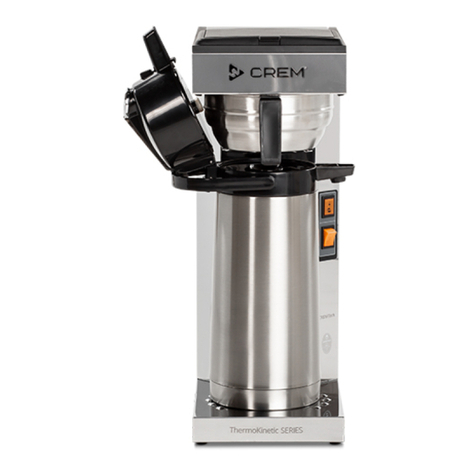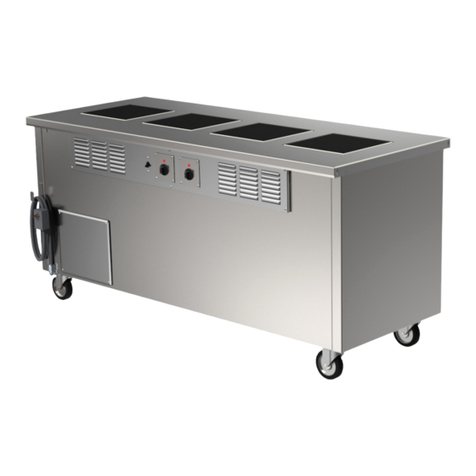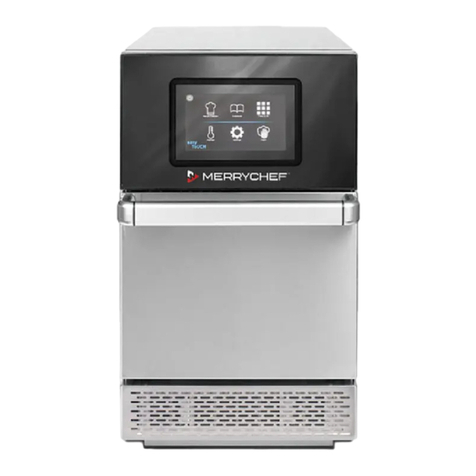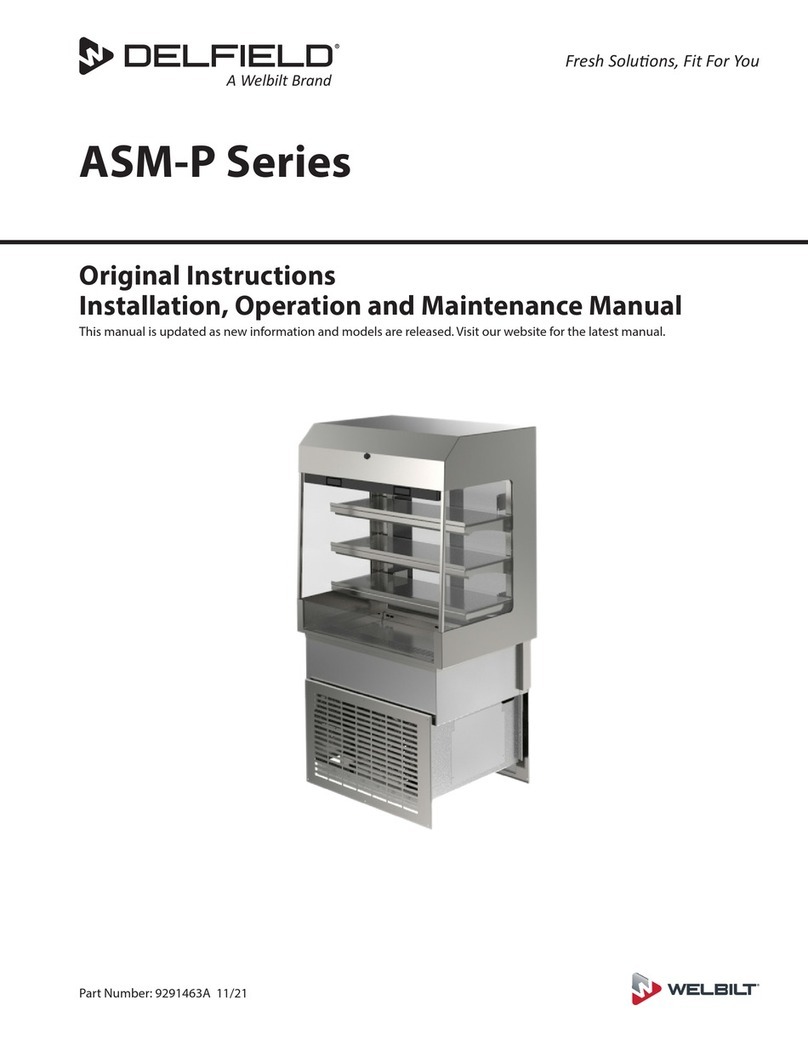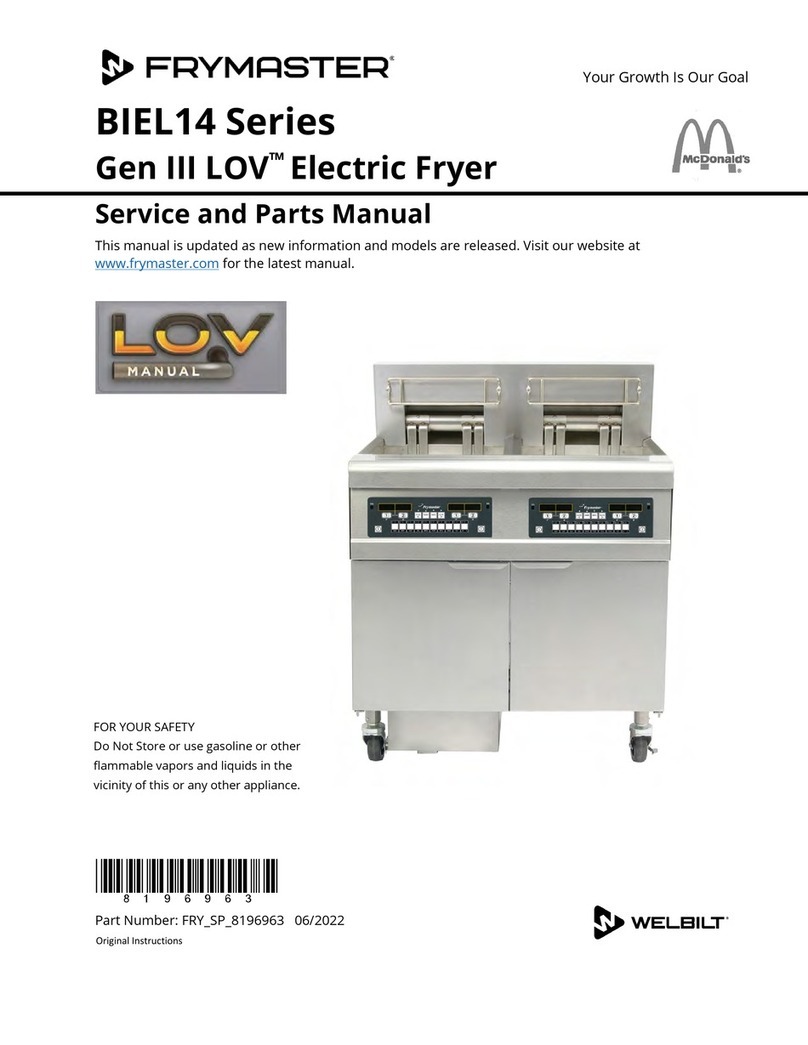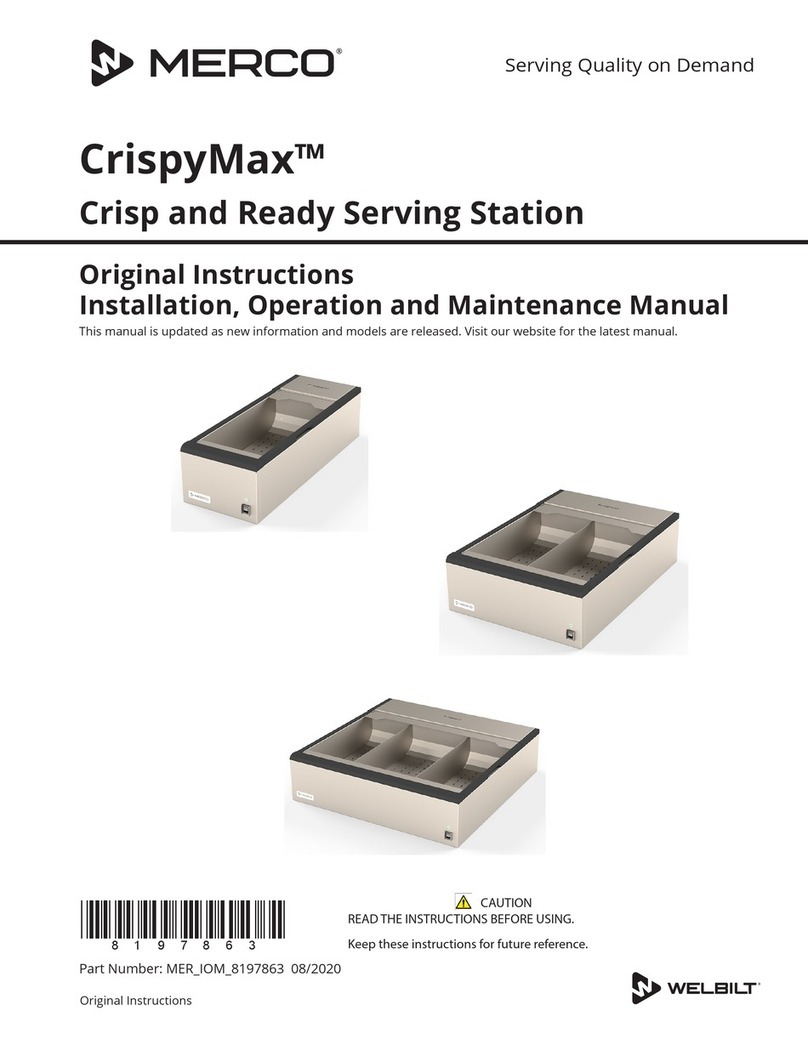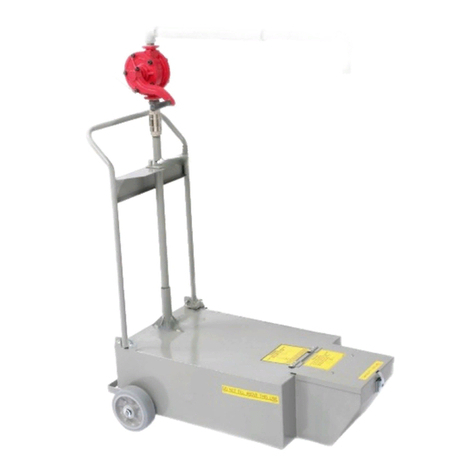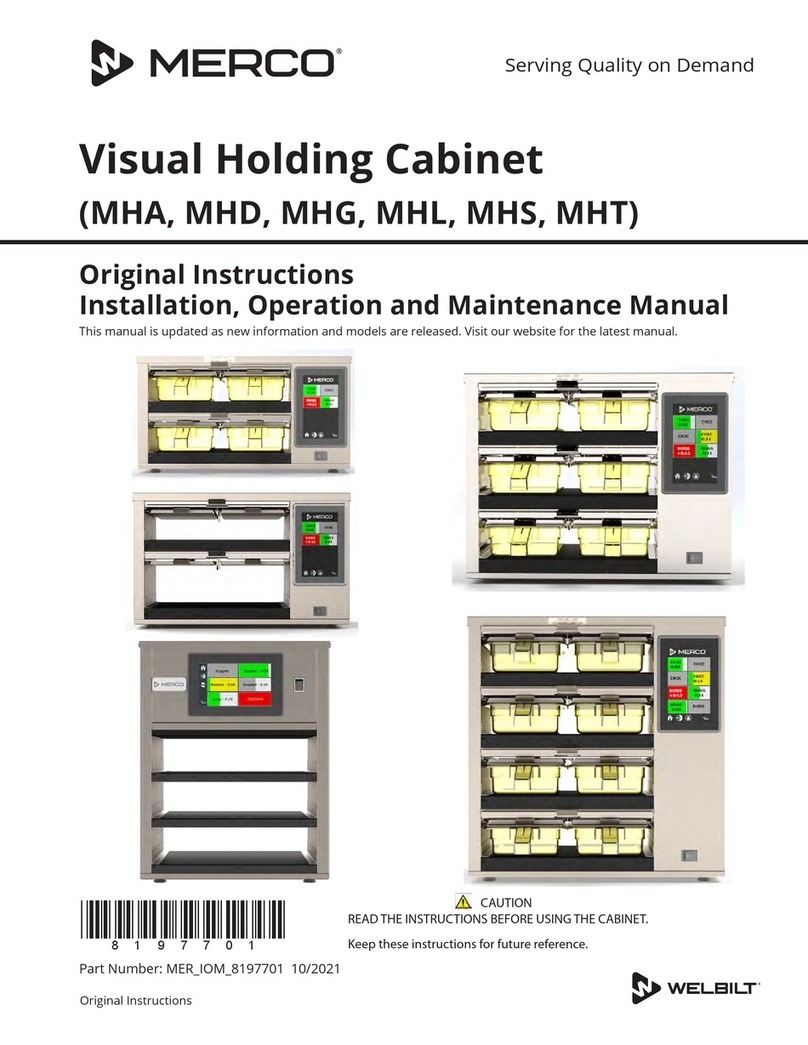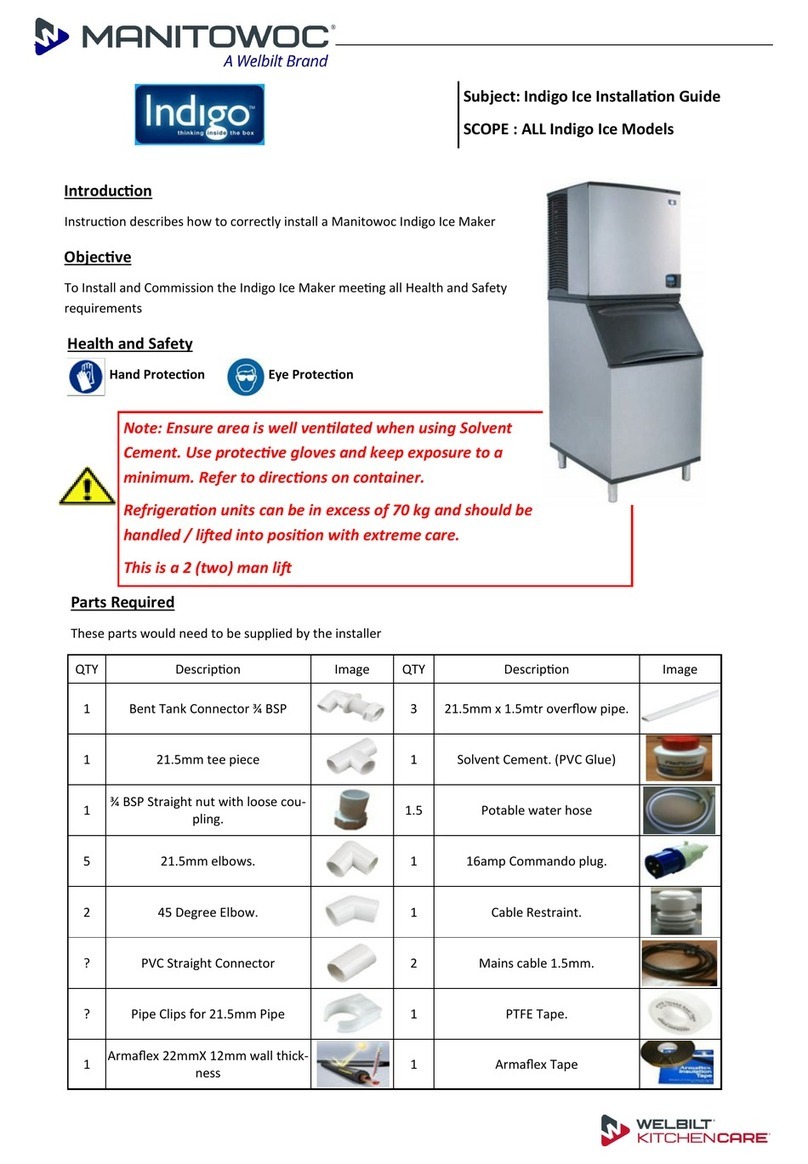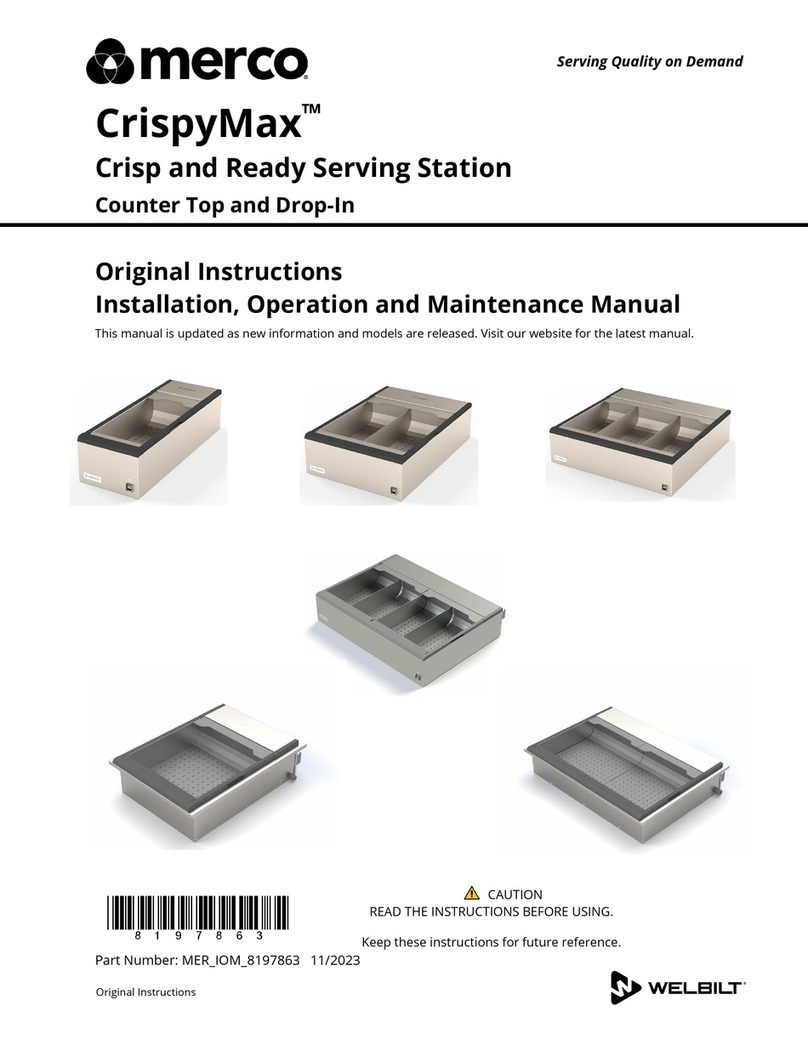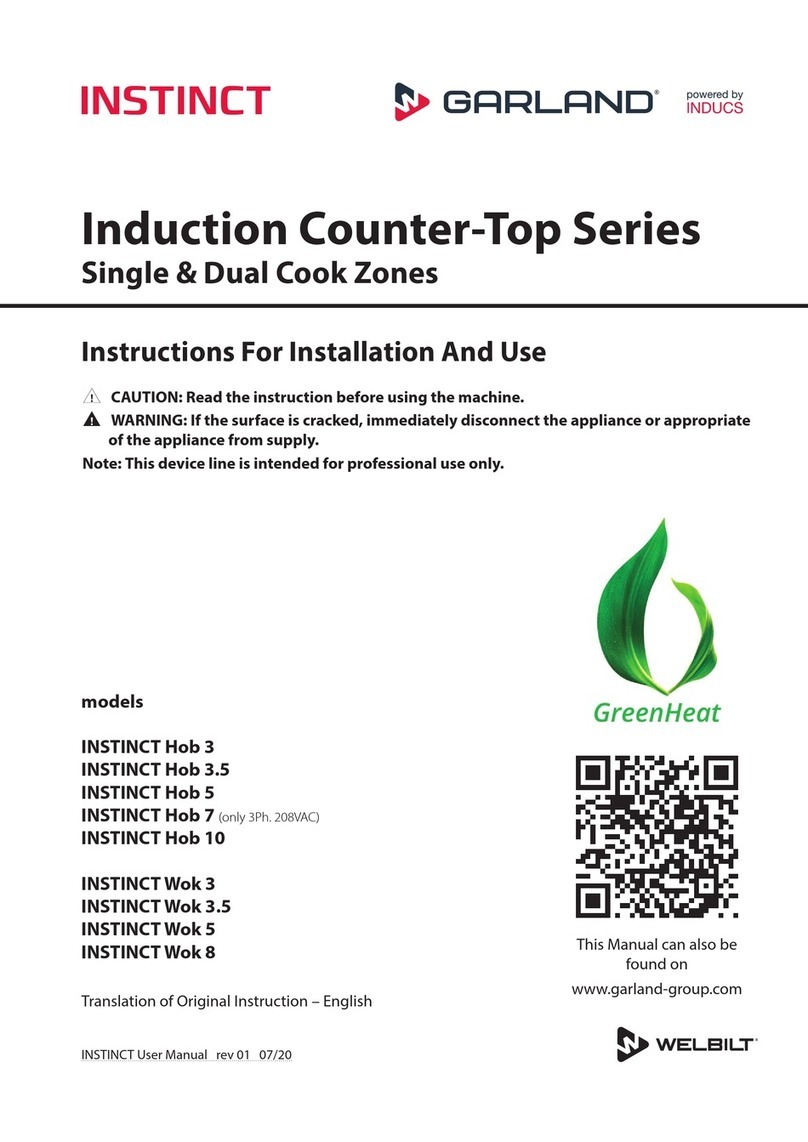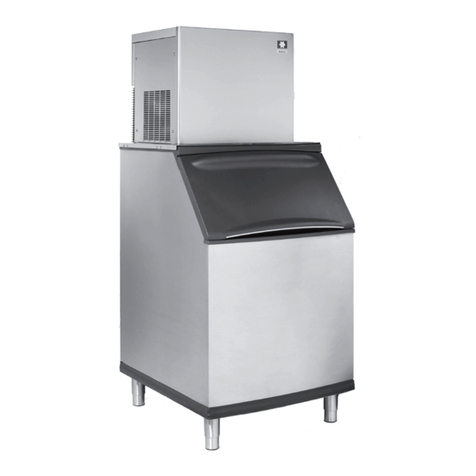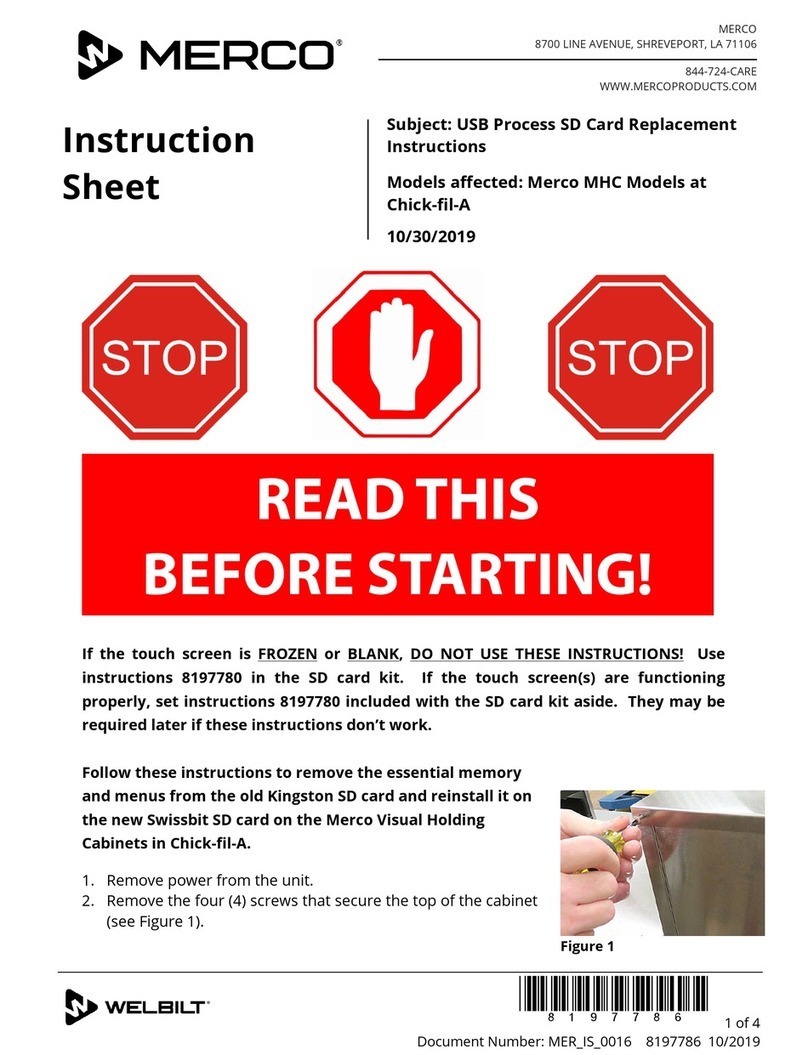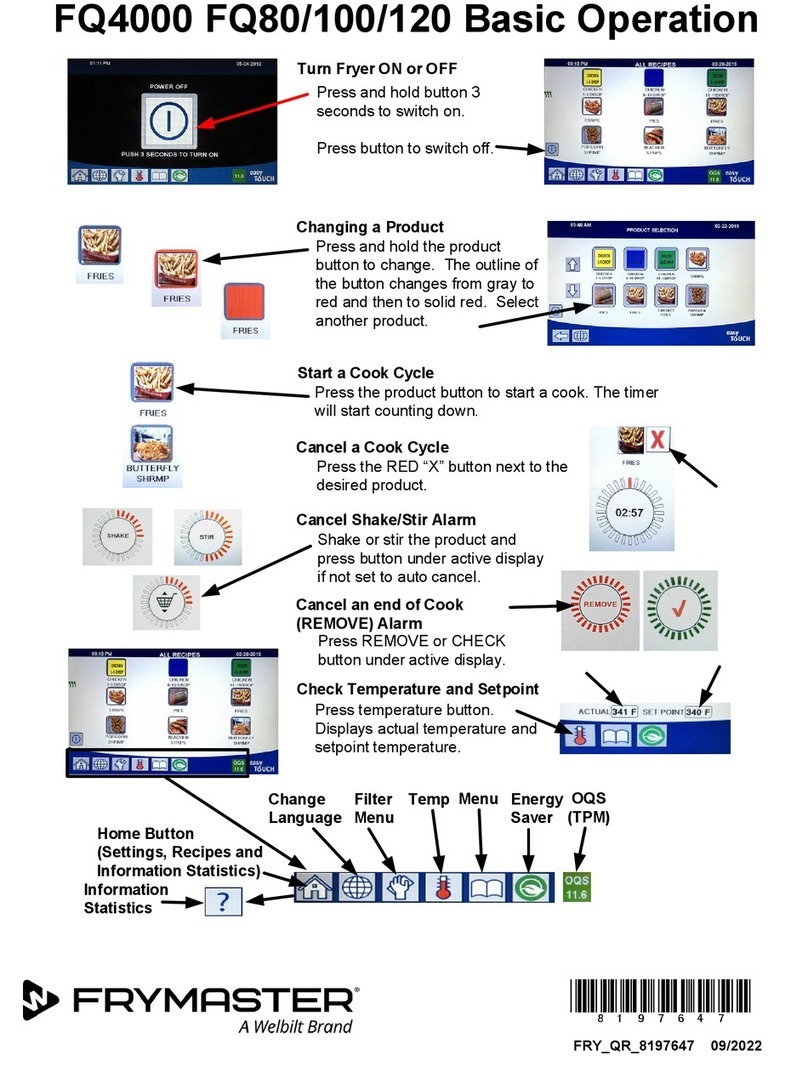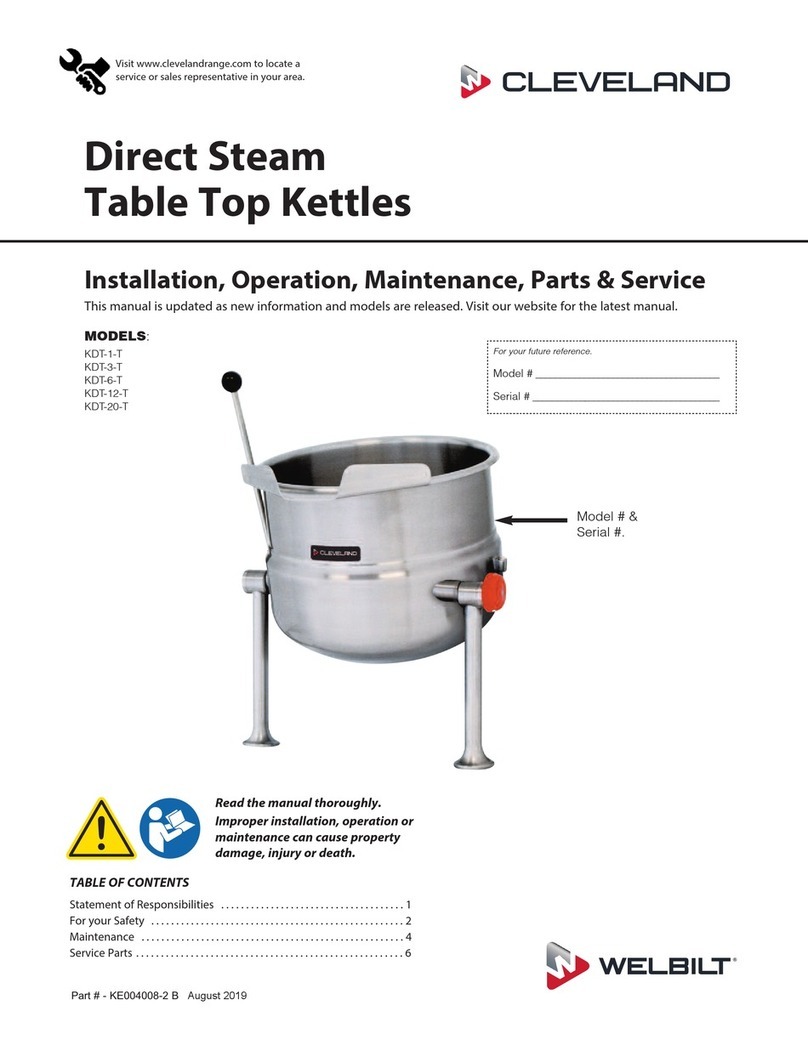
10 260BKV 03/15
Operation Section 3
a. Press the ON end of the POWER on-off rocker
switch located next to the steam pressure gauge.
The red indicator light in the POWER rocker switch
turns on and the steam generator begins to fill
with water, which takes about 5 minutes.
b. When the water level in the steam generator
reaches a safe operating level, the amber light in
the STEAM switch turns on. Whenever the amber
light is on, the heaters, steam supply, or burners are
off, and no steam is being generated. The energy
source (electric, gas, etc.) cannot be activated until
the boiler contains sufficient water, indicated by
the amber light.
c. Press the STEAM (amber colored) momentary
switch to produce steam in the boiler. This
activates the energy source (electric heaters, gas
burners, or steam solenoid valve) and the amber
light turns off. The STEAM switch must be pressed
to restart the steamer after it is shut off for any
reason (including a brief power interruption). No
attempt should be made to operate the equipment
during a power failure.
NOTE: For steamers with built-in gas-fired boilers:
If the burners fail to ignite in four seconds, a safety
circuit energizes the system. In this event toggle
the POWER rocker switch to the OFF position and
back to the ON position. The amber light in the
STEAM momentary switch lights. Wait five minutes,
and then press the STEAM momentary switch to
start the burner ignition cycle once again.
d. About 15 minutes after starting the boiler in step c,
the steam pressure gauge on the unit base should
register 10 psi.
2. To preheat, close and latch the door securely. Turn the
bar handle clockwise until the gasket just touches the
compartment face.
3. Start the steam supply by pulling the steam valve
handle out. The handle is located to the immediate
left of the door latch. Set the time for 5 minutes. The
standard mechanical timer must be turned past 10
minutes to wind the spring. Then set the timer for
5 minutes. This is not necessary with the optional
automatic timer. At the start, the compartment
thermostatic traps will release air and wet steam for
about two minutes, then shut off. Throughout the
preheating or cooking cycles, the traps will open
and close periodically, venting cooler steam and
condensate.
4. Seal the compartment door by turning the bar handle
clockwise just until steam leakage stops. DO NOT
OVERTIGHTEN.
5. At the completion of the 5-minute preheating cycle,
the timer’s bell will ring. If fitted with an optional
automatic timer, turning the knob to OFF will stop the
bell. Push the steam valve handle in slowly, all the way.
This shuts off the steam supply and also depressurizes
and drains the compartment, which takes about 2
minutes.
NOTE: The automatic timer shuts off the steam
automatically; the mechanical timer does not. Neither
timer depressurizes and drains the compartment.
nWarning
Wait at least two minutes for the compartment(s) to
depressurizeanddrainbeforeopeningthe compartment
door.
6. To open the compartment door, turn the bar handle
counter-clockwise. Do not attempt to disengage
the door arm latch. When the compartment has
depressurized and drained completely, the door will
open slightly and come to rest against the door arm
latch.
nWarning
If at this point the door does not open partially by itself,
it is a sign that the drain line is blocked. Do not attempt
to open the door. Retighten the bar handle and then call
a serviceman to open the door and unblock the drain
line.
Cooking Operation
Check the cooking compartment to ensure it is warm. If it is
cool, perform the steps for preheating.
Place the pan(s) of food into the cooking compartment by
sliding the pan(s) into the slide rack. For optimum steam
heat transfer, and therefore, a higher quality food product,
use shallow, perforated, uncovered pans. If pans must be
covered, use only stainless steel pan lids designed for use
with the pan racks. Do not cover pans with aluminum foil
or plastic wrap, as they may fall out of the pan and clog
the drain. A clogged drain may cause an accumulation of
hot water in the cooking compartment which could cause
injury when the door is opened.


